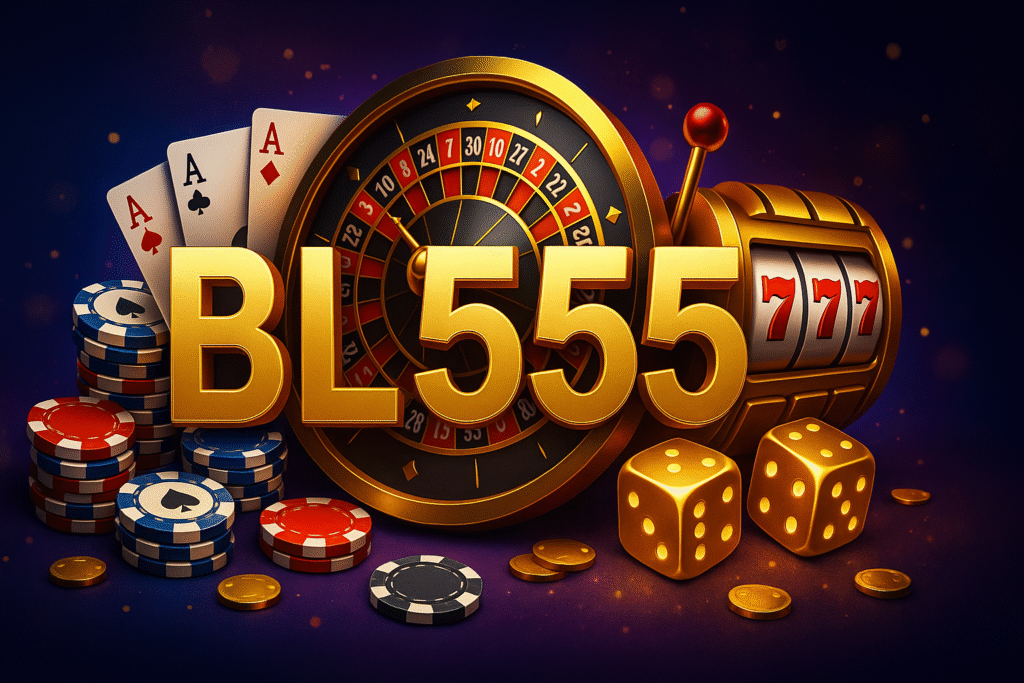
When exploring online casinos one term that often comes up is RTP or Return to Player. It plays a vital role in how players choose games and manage expectations. On popular platforms like BL555 players are encouraged to understand RTP percentages before diving into any game. A better understanding of RTP helps gamblers make informed decisions and enjoy a more strategic gaming experience.
RTP is a theoretical number that indicates how much of the total money wagered on a game is paid back to players over time. For example if a slot machine has an RTP of 96 percent it means that over a long period the game will return 96 percent of all wagers to players while keeping the remaining 4 percent as house edge. This does not mean a player will get back 96 percent of their money every session but it gives an idea of the game’s long-term behavior.
Different types of games offer different RTPs. Slots for example vary widely with RTPs ranging from as low as 88 percent to as high as 98 percent. Table games like blackjack or baccarat often have higher RTPs sometimes reaching over 99 percent especially when optimal strategies are used. This makes table games attractive to players who prefer a lower house edge.
RTP should not be confused with volatility. While RTP indicates long-term payout volatility measures how frequently and how much a game pays out. A high volatility game might offer big wins but less frequently whereas a low volatility game pays smaller amounts more regularly. Players looking for thrilling jackpot chances may opt for high volatility games while those who prefer steady gameplay might lean toward low volatility options.
Online casinos are required to publish RTP rates for transparency. Reputable platforms ensure their games are tested by independent auditing firms like eCOGRA or iTech Labs. These firms verify that the RTP is accurate and that the game software operates fairly. This adds an extra layer of trust for players who are cautious about game integrity.
Game developers also use RTP strategically. A game with a high RTP might be used as a promotional tool to attract players while others with lower RTP might offer more exciting features or bonuses. Some platforms provide filters to help players search games by RTP making it easier to find the most favorable options.
Promotions bonuses and loyalty programs can also affect how players perceive RTP. While the base RTP of a game remains unchanged bonuses like free spins or cashback add extra value to a session. When combined with high RTP games these promotions can significantly extend a player’s playtime and increase potential returns.
Understanding RTP is especially useful when budgeting for gameplay. Players can plan sessions by selecting games with higher RTPs knowing that these offer better chances of returning some winnings over time. This approach does not guarantee profits but it supports more responsible gambling habits.
It is also worth noting that live casino games such as live blackjack or roulette follow the same RTP principles as their digital counterparts. However these games might include side bets or variations that can change the effective RTP. Knowing which rules apply and which bets to avoid is essential for maximizing returns in a live environment.
Ultimately RTP is just one part of the larger puzzle. While it provides valuable information it should be considered alongside other factors such as gameplay style bonus features and personal preference. A game with a slightly lower RTP might still be a favorite due to its theme or interactive elements.
In conclusion RTP plays a crucial role in online casino gaming. It serves as a guide to help players make smart choices and understand the odds behind each game. Platforms that promote RTP awareness empower users to approach gaming with clarity and confidence. By taking RTP into account players can enjoy a more strategic and satisfying experience in the world of online casinos.